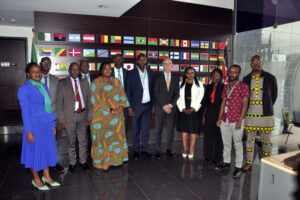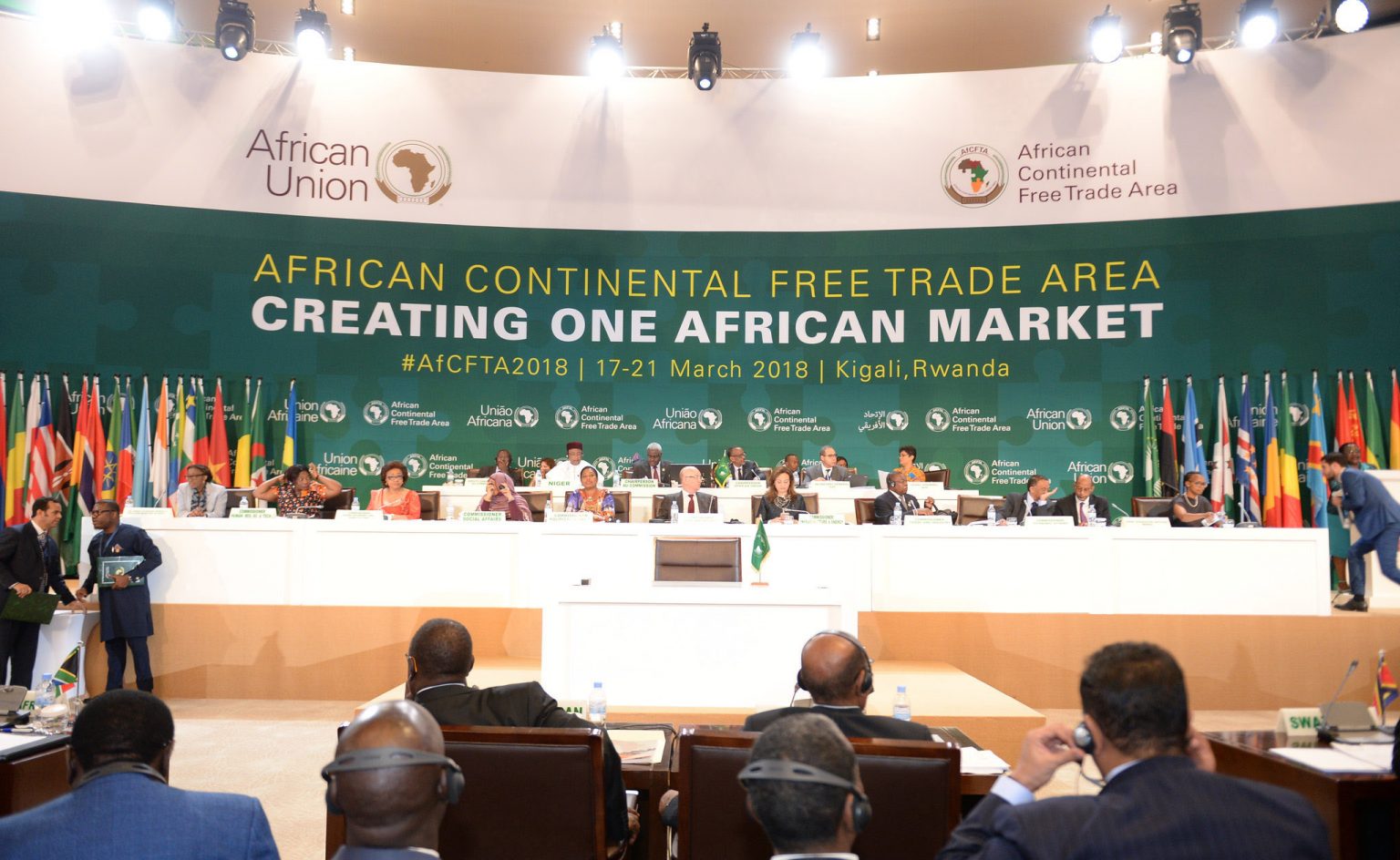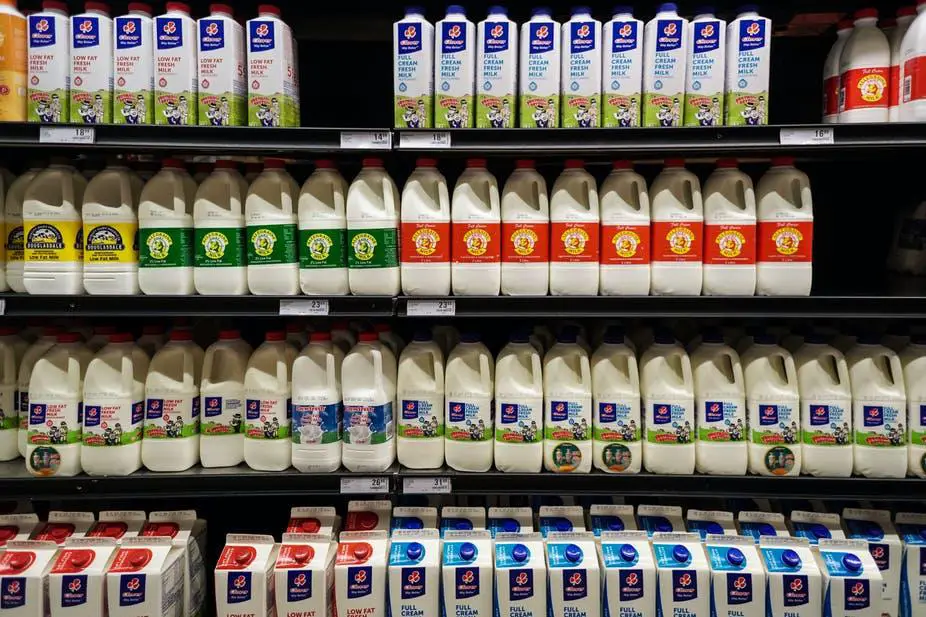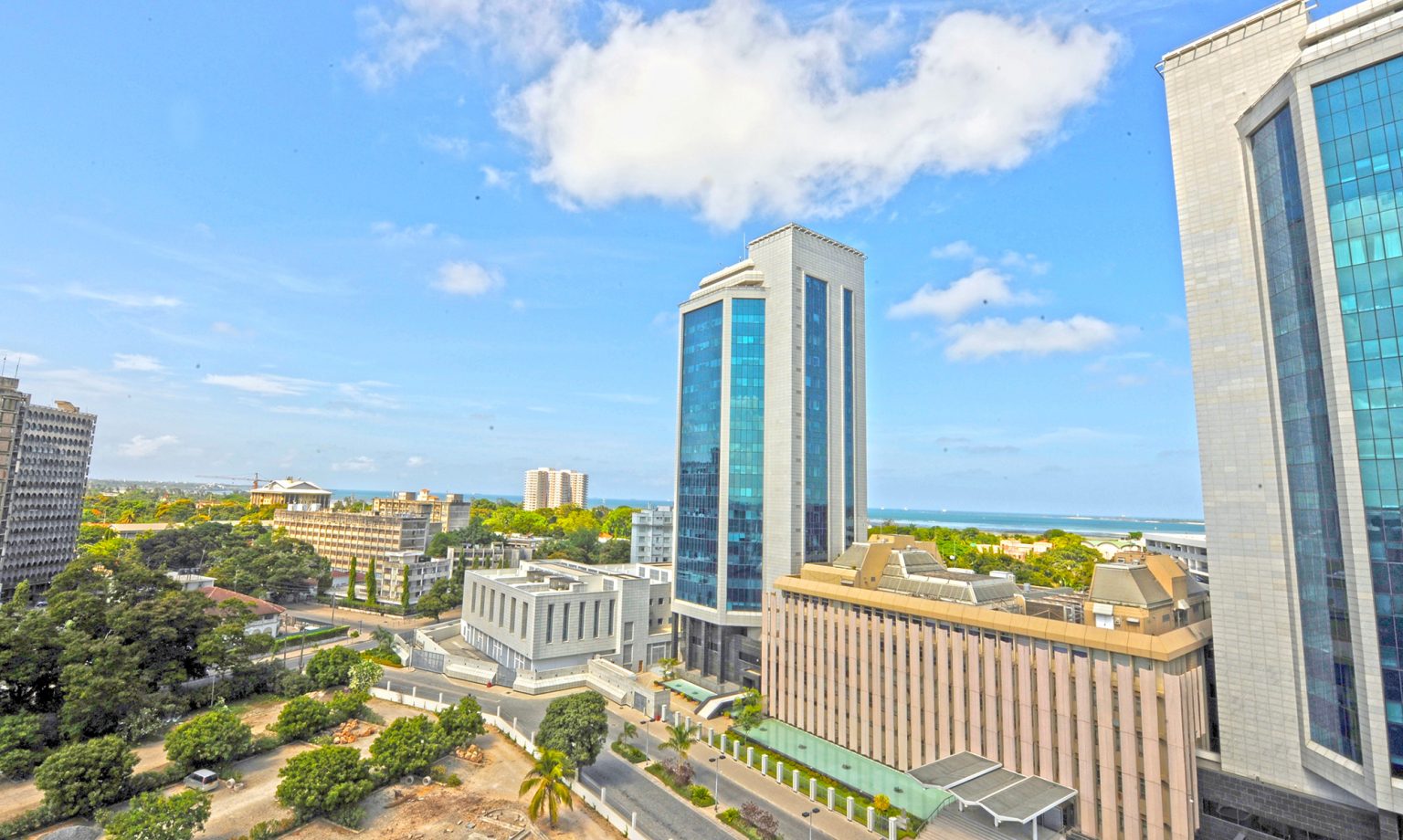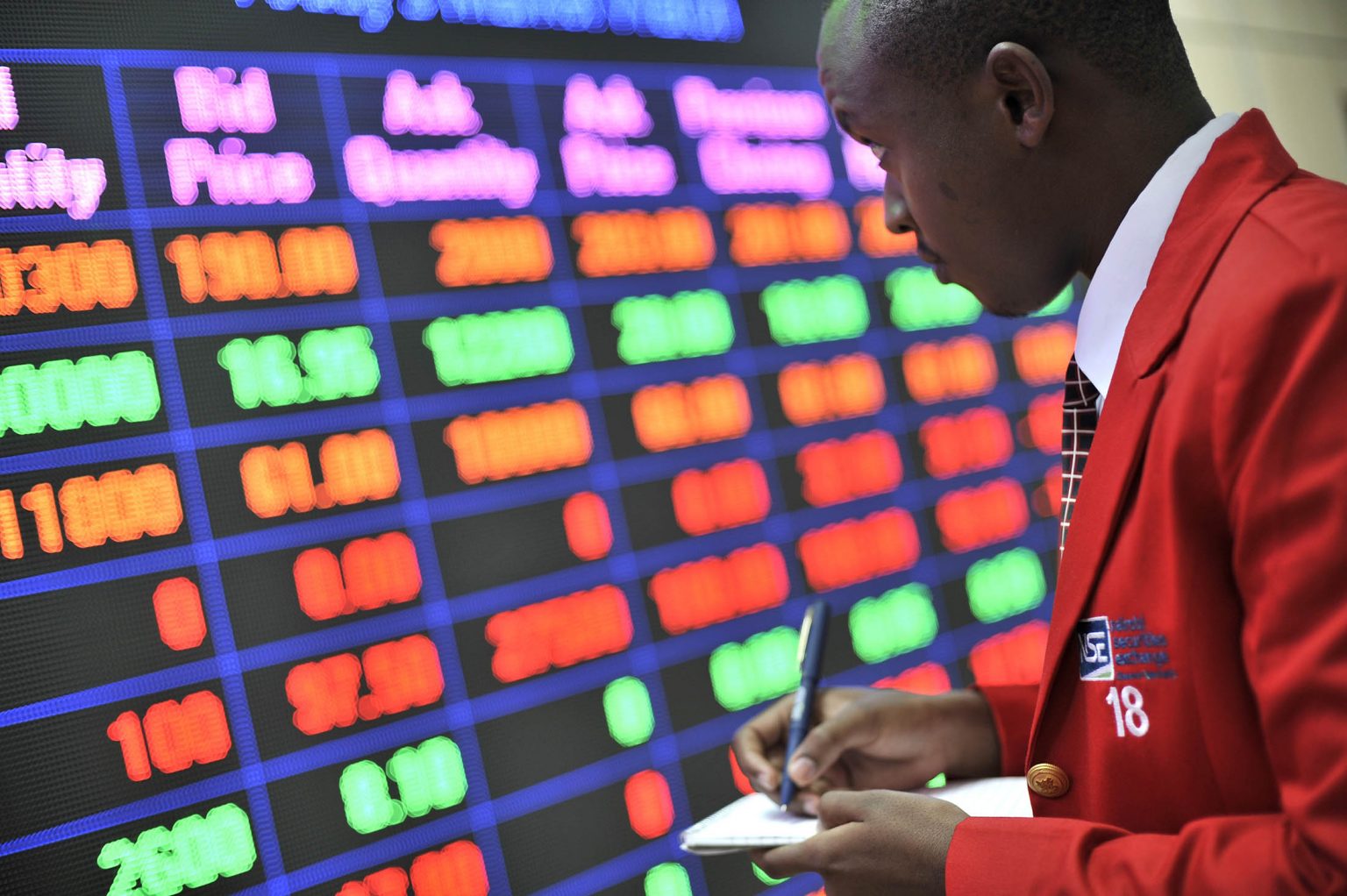- Kenyan Farmers Receive $2M Boost from Africa Fertiliser Financing Mechanism
- Brace for High Interest Rates for a Longer Period World Bank Warns Kenya
- Kenya-Ethiopia Trade Relations: Legislators Advocate for Policy Alignment to Boost Ties
- Visualising the state of debt in Africa 2024
- Abu Dhabi radiates optimism as over 300 startups join AIM Congress 2024
- TLcom Capital Raises $154 million in Funding to Boost Its African Growth
- Africa’s $824Bn debt, resource-backed opaque loans slowing growth — AfDB
- LB Investment brings $1.2 trillion portfolio display to AIM Congress spotlight
Author: Opinion
The second half period of 2020 has been marked with persistent bearish sentiment exacerbated by the financial performance amidst uncertainty in economic and business recovery in the pandemic era. On a year to date (YTD) basis, the NSE-20 and NASI have posted negative returns 34.2% and 22.2%, respectively. However, there have been outstanding performers that bucked the general market trend. Absa NewGold ETF (a security whose value is pegged on the value of global price of gold) is up 39.5%; Kenya Airways (+86.8%) on a buy-out fueled price rally; and Olympia Capital (+21.9%). The key index counters are all negative with the key banks (Equity, KCB and COOP) sharply lower, on average by 41% YTD while Safaricom and EABL have retreated 12.1% and 22.4% YTD, respectively.
Also Read: Understanding Stock Market Liquidity in African Exchanges
The bearish market coupled with uncertainty around resolution of the Covid-19 pandemic, has shifted investors’ …
My July op-ed focused on the increased M&A activities in Africa under Covid-19. Network International announced the acquisition of Africa’s leading online commerce platform, DPO for $288M on 28th July 2020, confirming my analysis that we are going to see more M&A activities going forward.”
According to Keet van Zyl, Managing Partner of Knife Capital (which turned ten last week), who managed Mark Shuttleworth’s ‘Here Be Dragons’ Fund – this is likely the largest tech acquisition in Africa since Shuttleworth sold Thawte to Verisign for $575m in 1999″. SoftBank, which had a $16.5B loss in Q1, returned to a $12B net profit in Q2, courtesy of the merger and partial sale of its stake in Sprint to T-Mobile, as well as a recovery in its $100B vision fund portfolio. This means global M&A is also picking steam in the “valley of coronavirus” as Masayoshi Son put it.
Under COVID-19, …
Most economists see structural transformation as one of the main routes to Africa’s sustainable development. What it means is changing the share of agriculture, manufacturing and services in an economy. It is a central aim of the African Union’s Agenda 2063.
With this aim in mind, economists and policymakers need to know what determines structural transformation. They have flagged factors like demand for goods and services, trade policies, financial development, institutional quality and economic integration.
But researchers haven’t closely examined the way economic integration through trade and finance influences structural transformation.
I therefore set out to study African countries’ integration with the rest of the world and the effect of that integration on their structural transformation. This study provides fresh evidence about whether integration is good for Africa. It also unearths the right levels of integration necessary to increase structural transformation.
Trade and financial integration are both about countries exporting …
COVID-19 has prompted widespread discussion of the resilience of food systems and how efficiency and competitiveness have been previously understood. Recent decades have seen the growth of increasingly complex food value chains. These are underpinned by just-in-time delivery systems, a growing share of food products sold through supermarkets, and increasing concentration of ownership among powerful, large food manufacturers.
The pandemic has further emphasised the need for a more diverse and inclusive food system, in which small and medium sized enterprises (SMEs) play a key role.
As part of a larger project investigating challenges faced by agro-processing SMEs, we conducted qualitative telephone interviews with 16 SME maize milling and dairy firms during lockdown to gauge the effects of the pandemic.
As essential businesses, food manufacturers continued to operate through lockdown, and it might be assumed COVID-19’s impacts on this industry were minimal. This was not the case. While aggregate production levels …
Financial exclusion remains a major issue especially in the informal sector. Expansion of services in this area by banks will not be very easy because of the special situation and needs. This article suggests that while structural solutions are expensive and nevertheless must be pursued, banks should think of designing a process response to the problem, drawing on the experiences and practices of the traditional lenders.
Much progress has been credited to money transfer services that were introduced by mobile network operators (MNOs) in 2008. These services are also supported by a network of agents across the country offering a range of services and products, whereas the traditional bank-dominated financial system remains mostly urban-based and is still unaffordable for the vast majority of Tanzanians and their businesses.
Where ordinary citizens once had to enter into risky arrangements to send money urgently to their families, mobile money services have almost eliminated …
One of the oddest by-products of the Covid-19 pandemic is how it has affected many investors’ attitude to risk. Over the past three months nearly every client I have spoken to has become more risk-tolerant. Cautious investors have become balanced investors. Balanced investors have become risk-tolerant. And the risk-tolerant are all in the casino putting their life savings on zero at the roulette table. Why?!
We have seen recession before, stock markets correct cyclically and we are now very accustomed to very low interest rates over very many years. And I have never seen so much money going into Initial Public Offerings.
Risk is inherent in everything we do. It is impossible to live a risk-free life – but it is possible to mitigate risk to a point where it is non-existent. However, to eliminate risk in life might mean that life then was not worth living. Particularly in these …
Risk asset prices rebounded globally with the benchmark MSCI (Morgan Stanley Composite Index) World trimming first quarter losses to -6.6% at the end of the first half of the year. The steady state in the global financial markets has been anchored on the accommodative policies in the developed economies and easing of containment measures in some pockets across the globe.
Some equity markets such as in the emerging world have recouped back the first quarter losses while frontier markets are trailing 18.1% from the start of the year levels. US Dow Jones Industrial Average benchmark that tracks the 30 largest listed companies, posted its hitherto best quarterly performance in 33 years with a return of 17.8% in the quarter ending June 2020.
Also Read: New rebirth for Kenyan retail sector as foreign capital flows in
Closer home, revised estimates have struck a bearish tone as per our second quarter outlook. …
In this column called “The Indicator,” we will be taking an economic or financial statistic from East Africa and breaking it down into bite-sized nuggets of knowledge for investors.
This month’s indicator figure is 816.
816 of what?
There are a total 816 innovation professionals in East African Community (EAC) countries as identified by inclusion of the word “innovation” in their current public job description according to a series of searches using the popular professional social networking site, LinkedIn.
This Indicator figure certainly does not incorporate all people involved in innovation, but seeks to use this metric as a rubric to stimulate discussion on the importance of innovation in East Africa for business competitiveness.
What do you mean by innovation professionals?
Innovation is defined as the process of creating a new method, process, product, or service.
People whose job is focused on innovation are considered innovation professionals who are typically …
Liquidity in the stock market can simply be defined as the ability of a market to absorb large trade volumes with minimal effect on price movement. The more liquid a market is the lower the costs of transactions, the faster new entrants experience price discovery and also serves as a big attraction for foreign investors.
However, there are various challenges observed in frontier and emerging markets with low liquidity levels. Among them include limited free-float, poorly diversified investor profiles and large portions of long-term investors. Moreover, limited awareness of the market by potential domestic investors and complex market access models have been an especially enormous challenge in Africa.
Majority of Exchanges in the continent have liquidity levels below one percent (1%), with only two Exchanges recording levels of over ten percent (10%) as at May 2020- Egypt 48% and Johannesburg (45%). These have wider pools of listed companies and relatively …
